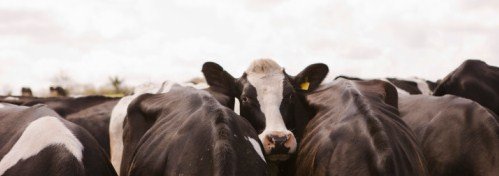A dairy in Dorset is expecting a ‘staggering’ reduction in its carbon footprint when it begins using pioneering liquid anaerobic digestion technology.
BV Dairy in Shaftsbury is planning to cut its emissions by 65%, reducing CO2 by around 1,200 tonnes a year and saving £150,000 per annum in the process. This would be the green equivalent of planting 120,000 trees.
The liquid anaerobic digestion system will be fully operational in August and will generate 75% of electricity at the dairy, which processes around 35m litres of milk a year from 35 nearby farms.
The high-rate liquid digester has been designed and built by Clearfleau while the combined heat and power technology that will convert biogas into renewable energy has been designed and supplied by ENER-G.
BV managing director Jim Highnam said: “This is a fantastic opportunity for the whole UK dairy industry to be at the leading edge of renewable energy technology. We need to release the energy value of these unavoidable liquid wastes.
“We will fully grasp the opportunity that this project presents, and we hope that this will be the start of a major shift towards renewable energy production from anaerobic digestion of food wastes.”
The dairy’s technical director Alan McInnes added: “The project has so many benefits, because it will generate energy and reduce waste disposal costs, and at the same time it will have a major impact on the company’s carbon footprint. The projected carbon footprint reduction is quite staggering.”
According to trade association Dairy UK, if the anaerobic digestion system was replicated across Britain’s dairy sector, some 346,000 tonnes of CO2 could be saved annually.





